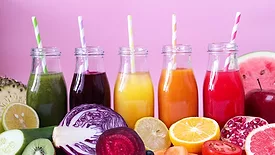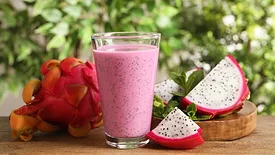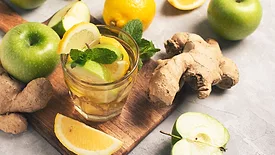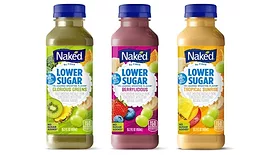R&D Features
Color choice vital in conveying functional attributes
Read More
California law prompts increased interest in natural colors
Innovations in natural color support beverage-makers’ color concept needs
October 29, 2024
Performance beverages expand beyond fitness
Ingredient solutions support consumers’ everyday performance needs
September 30, 2024
Sweetener solutions satisfy consumer tastes
Beverage-makers diversify sweetener usage with zero-sugar solutions
September 5, 2024
IFT FIRST showcases latest ingredient solutions for beverage-makers
Functionality, flavor exploration influence prototypes
August 19, 2024
Consumer focus on prevention over cure driving immune support ingredients
Biotic ingredients, vitamins aid beverage formulations
July 23, 2024
Consumer trends continue to prioritize clean label, non-GMO beverages
Beverage manufacturers work to deliver need state through range of solutions
June 17, 2024
Health and wellness goals lift fruit flavors in beverages
Innovations taking cues from global flavor trends
May 30, 2024
Probiotics and Fiber
Consumers dig digestive health
Beverages have become an easy way for consumers to take care of gut health
April 18, 2024
Sports recovery, bone and joint health beverages appeal to all consumers, not just athletes
Beverage-makers work to deliver benefits to health-conscious consumers
April 3, 2024
Elevate your expertise in the beverage marketplace with unparalleled insights and connections.
Join thousands of beverage professionals today. Shouldn’t you know what they know?
JOIN NOW!Copyright ©2025. All Rights Reserved BNP Media.
Design, CMS, Hosting & Web Development :: ePublishing












